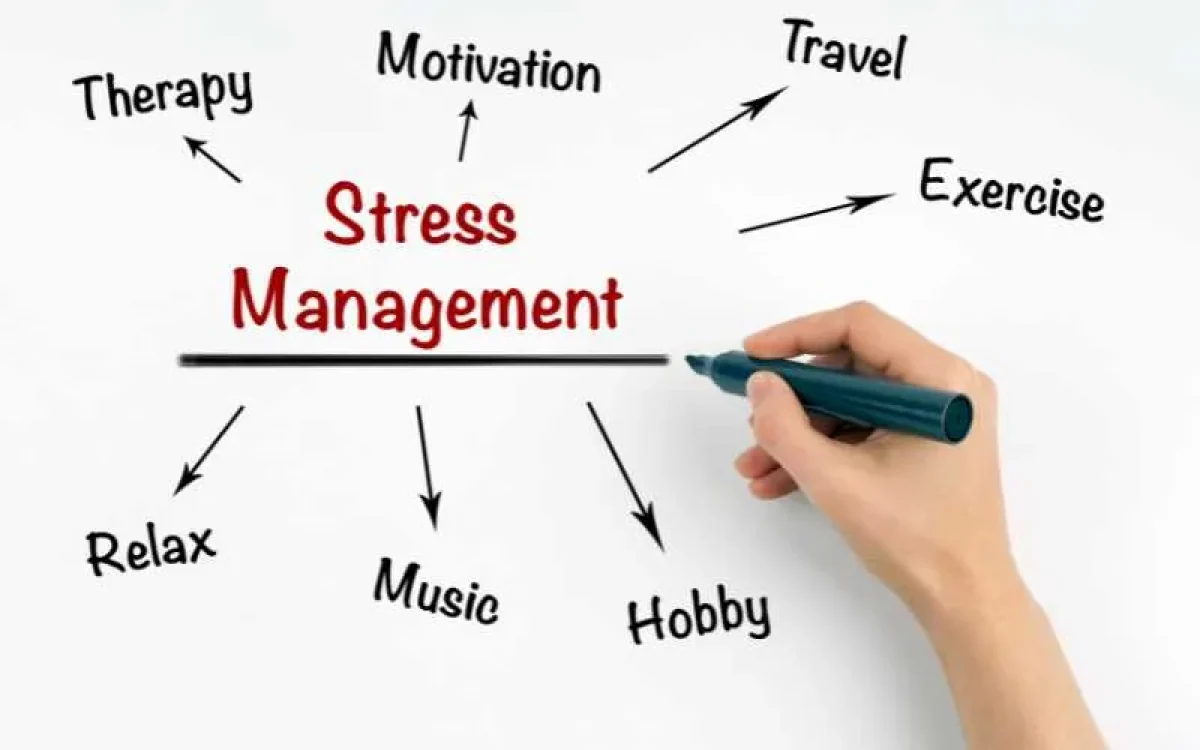In today’s fast-paced world, high-pressure jobs have become the norm rather than the exception. While these roles can be rewarding and fulfilling, they often come with a significant amount of stress. Managing this stress is crucial for maintaining both mental and physical well-being.
Understanding Stress in High-Pressure Jobs
Stress is a natural response to challenging situations. In high-pressure jobs, stress can be triggered by tight deadlines, heavy workloads, and high expectations. While a certain level of stress can be motivating, chronic stress can lead to burnout, anxiety, and other health issues. Recognizing the signs of stress and understanding its impact is the first step towards managing it effectively.
Recognizing the Signs of Stress
It’s essential to be aware of the physical, emotional, and behavioral signs of stress. Common symptoms include:
- Physical Symptoms: Headaches, fatigue, muscle tension, and sleep disturbances.
- Emotional Symptoms: Irritability, anxiety, depression, and mood swings.
- Behavioral Symptoms: Changes in appetite, procrastination, and increased use of alcohol or drugs.
By identifying these signs early, you can take proactive steps to address stress before it becomes overwhelming.
Practical Strategies for Managing Stress
Managing stress in high-pressure jobs requires a multifaceted approach. Here are some practical strategies to help you stay balanced and maintain your well-being:
1. Prioritize Self-Care
Self-care is not a luxury; it’s a necessity. Make time for activities that nourish your body and mind. This can include:
- Exercise: Regular physical activity can reduce stress and improve your mood.
- Healthy Eating: A balanced diet provides the energy and nutrients needed to cope with stress.
- Sleep: Aim for 7-9 hours of quality sleep each night to help your body recover and recharge.
2. Practice Mindfulness and Relaxation Techniques
Mindfulness and relaxation techniques can help you stay grounded and calm in stressful situations. Consider incorporating the following practices into your daily routine:
- Meditation: Spend a few minutes each day focusing on your breath and clearing your mind.
- Deep Breathing: Practice deep breathing exercises to reduce tension and promote relaxation.
- Yoga: Yoga combines physical movement with mindfulness, making it an excellent stress-relief tool.
3. Set Boundaries
Setting boundaries is crucial for preventing burnout. Learn to say no when necessary and delegate tasks when possible. Ensure you have a clear separation between work and personal life to avoid overworking.
4. Manage Your Time Effectively
Effective time management can significantly reduce stress. Use tools like calendars, to-do lists, and time-tracking apps to stay organized and prioritize tasks. Break larger projects into smaller, manageable steps to avoid feeling overwhelmed.
5. Seek Support
Don’t hesitate to seek support from colleagues, friends, or family members. Talking about your stress can provide relief and offer new perspectives on managing it. If needed, consider seeking professional help from a therapist or counselor.
Creating a Supportive Work Environment
A supportive work environment can make a significant difference in managing stress. Employers and managers play a crucial role in fostering a healthy workplace. Here are some ways to create a supportive work environment:
1. Promote Open Communication
Encourage open communication between employees and management. Create a culture where employees feel comfortable discussing their concerns and stressors without fear of judgment.
2. Provide Resources and Training
Offer resources and training on stress management and mental health. This can include workshops, seminars, and access to mental health professionals.
3. Encourage Work-Life Balance
Promote work-life balance by offering flexible work arrangements, such as remote work or flexible hours. Encourage employees to take breaks and use their vacation time.
4. Recognize and Reward Efforts
Recognize and reward employees’ efforts and achievements. Acknowledging hard work can boost morale and reduce stress.
The Role of Technology in Stress Management
Technology can be both a source of stress and a tool for managing it. Here are some ways to leverage technology to reduce stress:
1. Use Stress-Relief Apps
There are numerous apps designed to help manage stress, such as meditation apps, sleep trackers, and mood journals. Find the ones that work best for you and incorporate them into your routine.
2. Set Digital Boundaries
Set boundaries with technology to avoid burnout. This can include turning off notifications during non-work hours, setting screen time limits, and taking regular digital detoxes.
3. Leverage Productivity Tools
Use productivity tools to stay organized and manage your workload effectively. Tools like project management software, time-tracking apps, and digital calendars can help you stay on top of tasks and reduce stress.
Managing stress in high-pressure jobs is essential for maintaining your well-being and achieving long-term success. By recognizing the signs of stress, prioritizing self-care, practicing mindfulness, setting boundaries, managing your time effectively, seeking support, creating a supportive work environment, and leveraging technology, you can reclaim your well-being and thrive in even the most demanding roles. Remember, taking care of yourself is not a sign of weakness but a crucial step towards resilience and productivity.

